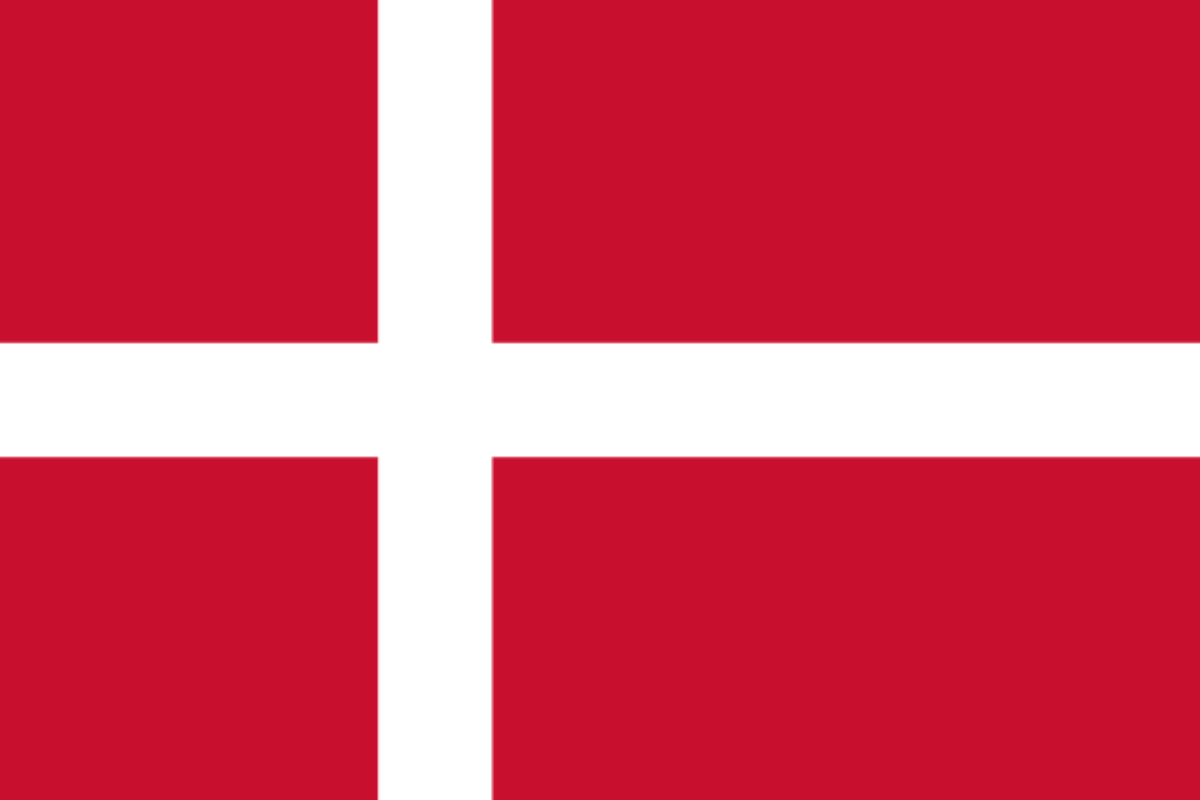The national animal of Denmark is the mute swan. This elegant bird is an important national symbol for many reasons, one of the most important being its association with nationally celebrated Danish author Hans Christian Andersen. The mute swan can be found throughout Europe for most of the year.
Swans are some of the most symbolically significant animals in humanity’s past.
At least in those parts of the world where swans, particularly white swans, are found, they have always played a huge part in the human imagination and have inspired many aspects of art and culture.
It is no surprise, then, that Denmark should make the bird their national animal.
Let’s find out more.

What is the national animal of Denmark?
The national animal of Denmark is the mute swan.
These striking, powerful birds are among the most iconic waterfowl in Europe where the majority of their natural range is.
In European myth, folklore, and literature, swans have virtually always had some place, and it’s easy to see why.
Just to look at a swan, knowing as you do that it’s an animal in the same way any other bird is, you can’t help but assign a certain inherent elegance and regality to them.
Mute swans are native to Eurosiberia, though they are migratory and tend to move around a lot depending on the time of year.
They have also been introduced in North America and some parts of Africa and Australasia.
They measure around 50-60 inches in length and are wholly white in plumage, accented by an orange beak ringed with black.
They are among the largest flying birds in Europe.
They were first formally described by naturalism in 1789.
Fossils of mute swans as old as 6,000 years have been found in the post-glacial pet beads of eastern England.
Since then they have been recoreded from Ireland to Portugal and Italy.
They are more closely related to black swans of Australia than they are to almost anything else despite the vast distances that obviously separate these two species.
They are also closely related to the black-necked swan of South America.
There are no living subspecies of the mute swan, meaning all members of the species are monotypic.
Fossils of other, more closely related species, indeed a species so alike to mute swans that they differed only in size, have been found in Azerbaijan, but they do not survive today.
These swans are not currently under threat of endangerment.
Why, then, are they Denmark’s national animal?
Why is the mute swan the national animal of Denmark?
Again, there are many things about swans that inspire more or less universal awe in humans.
They are very large which in itself is already very striking to most people.
Their completely white plumage is also deeply symbolic of many things and birds in general are often seen as emblems of liberty, courage and freedom.
The swans certainly embody all of these things for the Danish people and naturally swans are very common more or less year round at least in parts of Denmark, though they will often migrate south for the winter.
Beyond these things, though, as mentioned there is the question of Hans Christian Andersen.
Andersen was a Danish author prolific in many genres, but best known for his fairy tales—including the popular and well-known to this day The Ugly Duckling.
In the story, a baby swan is born to a family of ducks and its juvenile gray plumage earns it scorn from the other ducks—but then it grows up to be a swan exceeding them all in beauty.
Andersen is an author whose name you might be less familiar with but whose stories have impacted literary culture immeasurably; The Little Mermaid, The Princess and the Pea, The Snow Queen and so on.
This played a role in the selection of the mute swan as the national animal, without doubt.
Why are they called mute swans?
They are called mute swans because they are comparatively not very vocal swans.
They generally do not make much noise at all but prefer just to keep quiet and communicate with one another either in different ways or in more subtle vocalizations.
So, while they are not strictly completely “mute”, they are very quiet as swans and birds in general go, thus the name mute swan.
What do mute swans eat?
Mute swans are primarily herbivorous, and eat aquatic vegetation.
Their long necks are great for reaching down to the bottom of the riverbed and plucking up grasses, algae, or whatever other plant matter happens to be in the water.
They may even sometimes move on to the land and eat field grasses and can quite happily graze large fields of grass.
But they will also eat other animals.
They will eat small fish and amphibians like frogs, and they will sometimes eat worms.
They tend to eat mostly plants because they are far easier to get to, but where available they will eat as much animal life as they can, too.
Swans, again, have understandably always inspired the human imagination.
It’s hard to deny the power that these birds have both physically and in the sense of how they affect our symbolic thinking.
This is certainly true in Denmark, too, but again there’s no denying the role that Hans Christian Andersen’s stories have played in influencing this decision to make the swan the national animal.

